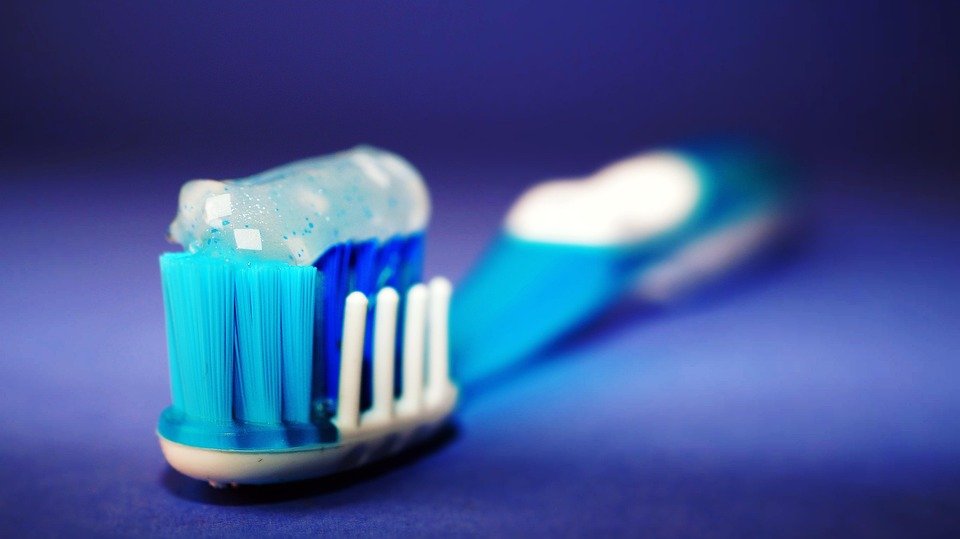What is the best lens for intraoral photography
Okay, so I’m a dentist, and I’m trying to up my intraoral photography game. I need to take really good photos of teeth and gums for documenting cases, treatment planning, and sending to labs. Right now, I’m using my phone (embarrassing, I know!), but the image quality is terrible, and it’s impossible to get good detail, especially when I need to zoom in.
I’m looking for a dedicated lens for my DSLR (Nikon D7500, if that matters). I want sharp images with good color accuracy. Depth of field is also crucial, as it can be tricky focusing inside the mouth. Also, being able to get close enough to capture specific details without distortion is really important.
I’ve read about macro lenses, but I’m overwhelmed by all the different focal lengths and features. I’m not a professional photographer, just a dentist trying to take decent intraoral photos. What’s the best lens for intraoral photography, considering image quality, ease of use, and hopefully, something that won’t completely break the bank? Are there specific features I should be looking for? And what about lighting considerations with whatever lens I choose?
Answer
The "best" lens for intraoral photography is subjective and depends on specific needs, budget, and desired image quality. However, a macro lens in the 90mm to 105mm range is generally considered the most versatile and optimal choice by many dental professionals for several reasons.
Here’s a detailed breakdown:
Why a Macro Lens is Essential:
- High Magnification: Intraoral photography demands extreme close-up capabilities to capture fine details of teeth, soft tissues, and restorations. Macro lenses are specifically designed to achieve a 1:1 reproduction ratio, meaning the image projected on the sensor is the same size as the actual object. This level of magnification is crucial for visualizing subtle cracks, color variations, and marginal adaptation.
- Sharpness and Clarity: Macro lenses are typically optimized for sharpness and contrast, producing images with exceptional detail, even at close distances. This is important for accurate documentation and diagnosis.
- Low Distortion: High-quality macro lenses minimize distortion, ensuring accurate representation of the oral structures. Distortion can misrepresent angles, sizes, and relationships between teeth and tissues, leading to potential misdiagnosis or incorrect treatment planning.
- Flat Field Correction: Macro lenses often have a "flat field" design, ensuring sharpness across the entire image, from edge to edge. This is important when photographing a wide area of the oral cavity, as it keeps all teeth and tissues in focus and sharp.
Why the 90mm – 105mm Range is Preferred:
- Working Distance: The focal length determines the working distance (the distance between the lens and the subject). A 90-105mm lens provides a comfortable working distance, allowing for sufficient space to maneuver the camera and lighting equipment within the limited confines of the oral cavity. Shorter focal length macro lenses (e.g., 50mm or 60mm) require getting too close to the patient, making it difficult to position the camera and often obstructing the lighting. Longer focal lengths (e.g., 150mm or 180mm) increase the working distance but can make it difficult to stabilize the camera and maintain focus, especially in a confined space.
- Depth of Field: Depth of field (the area in focus) is inherently shallow at macro magnifications. The 90-105mm range provides a good balance between magnification and depth of field, allowing for enough of the desired area to be in focus.
- Perspective: This focal length range offers a more natural perspective compared to shorter focal lengths, which can introduce distortion.
- Ease of Use: Many dental photographers find the 90-105mm focal length range to be the most user-friendly for intraoral work, balancing image quality, working distance, and ease of handling.
Lens Features to Consider:
- Image Stabilization (IS/VR): While not essential, image stabilization can be beneficial, particularly when shooting handheld. It helps reduce camera shake and allows for sharper images, especially at higher magnifications or in low light.
- Aperture: A wide maximum aperture (e.g., f/2.8) is helpful for low-light situations and can create a shallow depth of field for isolating specific areas. However, for intraoral photography, you will often be using smaller apertures (e.g., f/16 or f/22) to maximize depth of field, making a wide aperture less critical.
- Build Quality: A durable lens construction is important, as dental environments can be demanding. Look for lenses with weather sealing to protect against dust and moisture.
- Autofocus: Autofocus can be useful, but many intraoral photographers prefer manual focus for precise control over the point of focus, especially at high magnifications.
Specific Lens Recommendations (Examples):
- Canon EF 100mm f/2.8L Macro IS USM: A popular choice known for its sharpness, image stabilization, and fast autofocus.
- Nikon AF-S VR Micro-Nikkor 105mm f/2.8G IF-ED: Another highly regarded lens with excellent sharpness and vibration reduction.
- Sony FE 90mm f/2.8 Macro G OSS: A top-performing macro lens for Sony mirrorless cameras, featuring excellent sharpness and optical image stabilization.
- Sigma 105mm f/2.8 EX DG OS HSM Macro: A more affordable option that still delivers good image quality and performance.
Additional Considerations:
- Camera Body: The lens needs to be compatible with your camera body (Canon, Nikon, Sony, etc.).
- Lighting: Adequate and consistent lighting is crucial for intraoral photography. Ring flashes, twin flashes, or dedicated dental photography flashes are commonly used.
- Retractors and Mirrors: These tools are essential for providing clear access and visibility within the oral cavity.
In conclusion, while individual preferences vary, a 90mm-105mm macro lens is widely regarded as the optimal choice for intraoral photography due to its balance of magnification, working distance, depth of field, and image quality. When selecting a lens, consider factors like image stabilization, build quality, and compatibility with your camera system. Remember that proper lighting and the use of retractors and mirrors are also critical for achieving high-quality intraoral images.

Post Comment